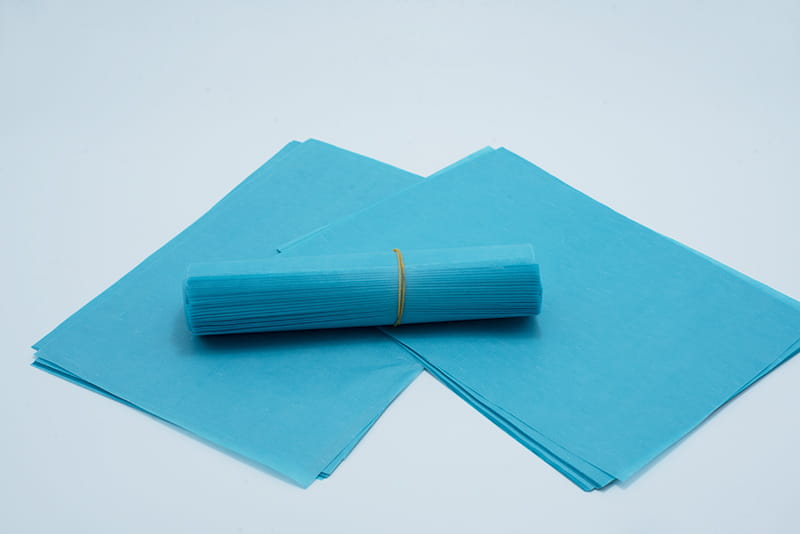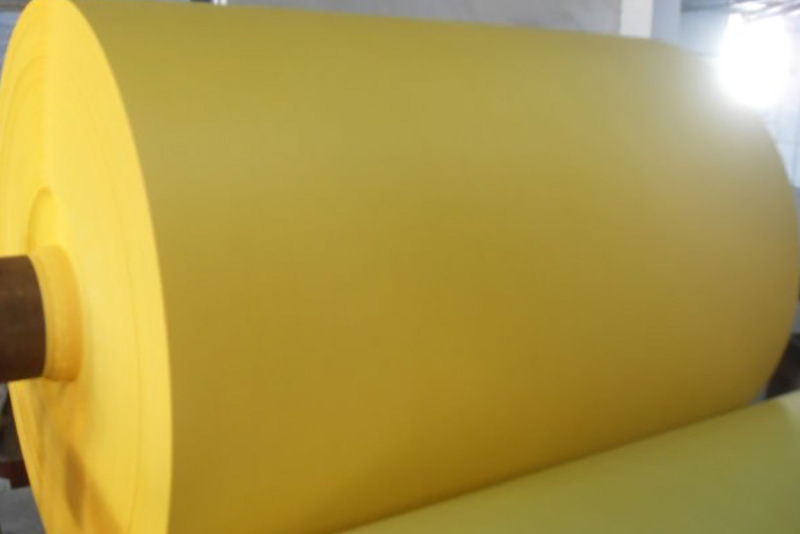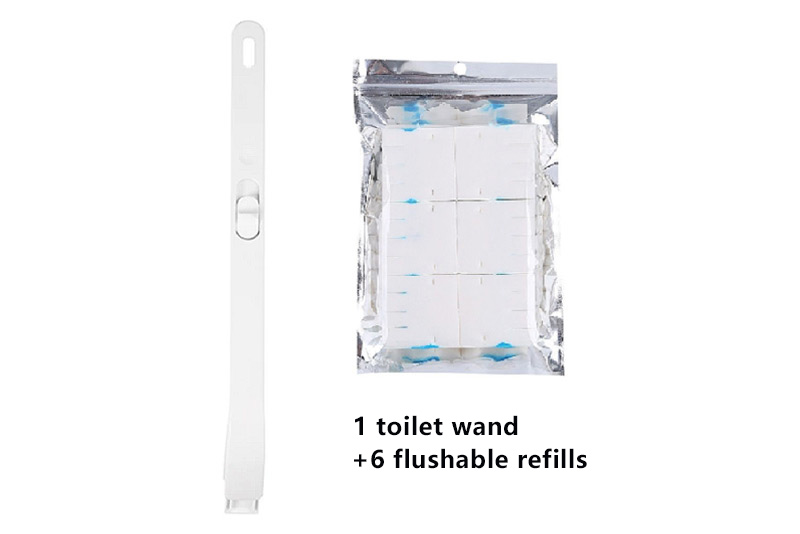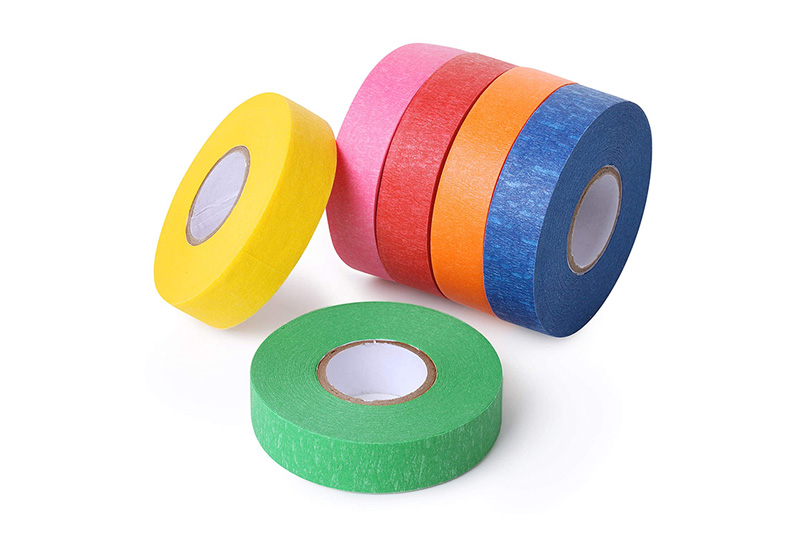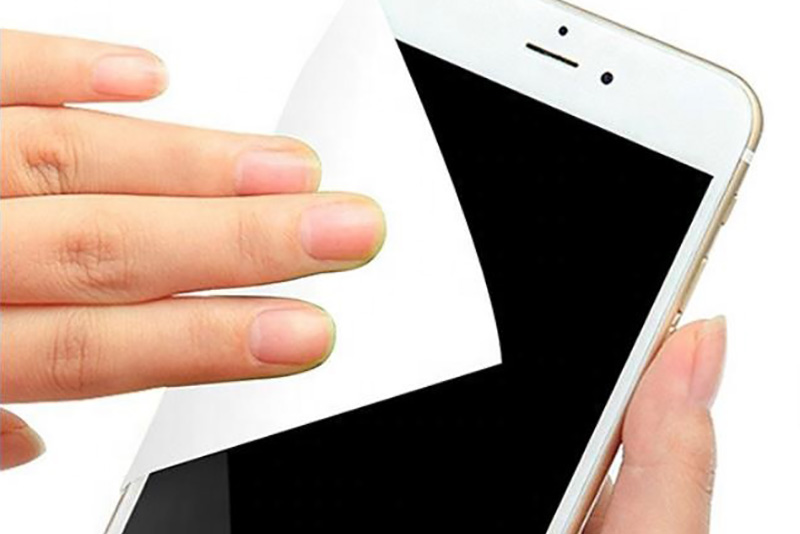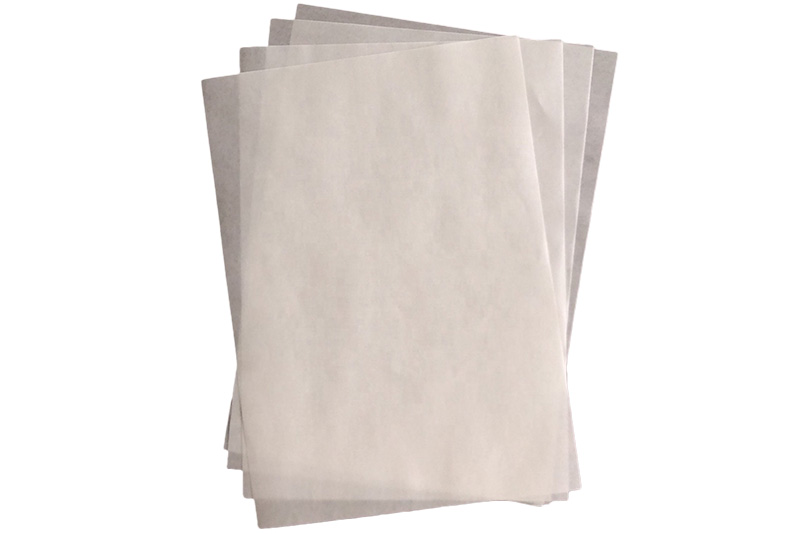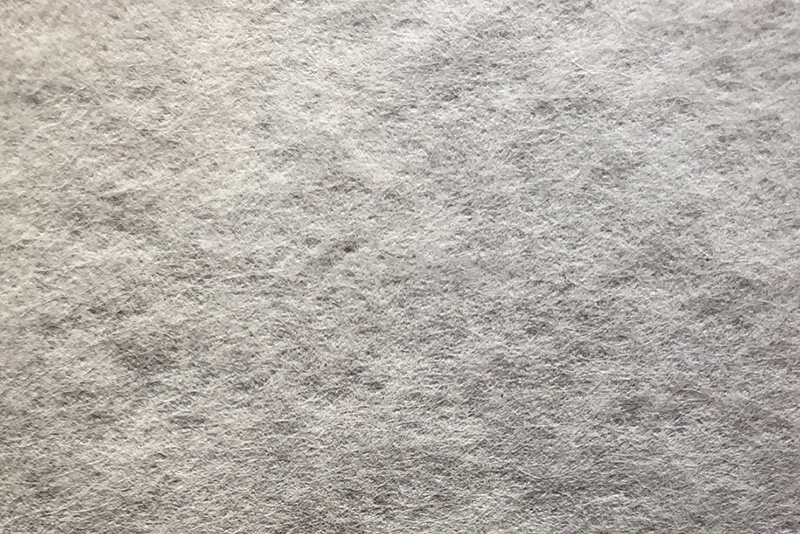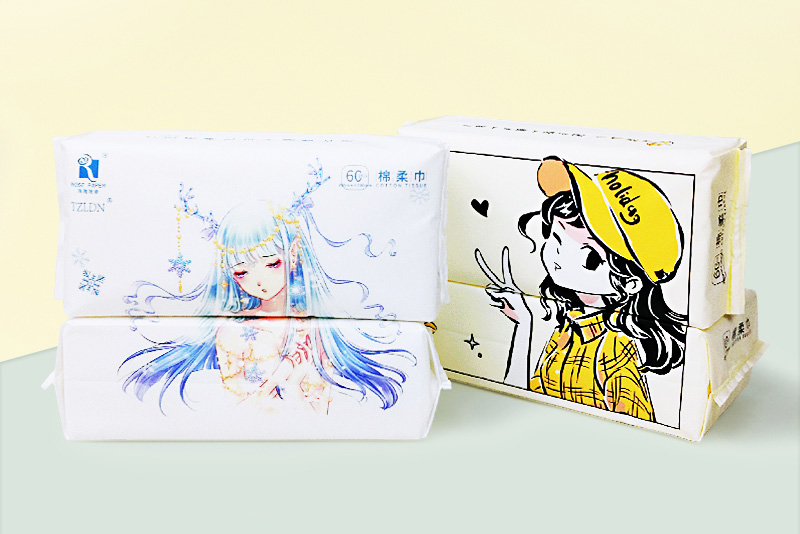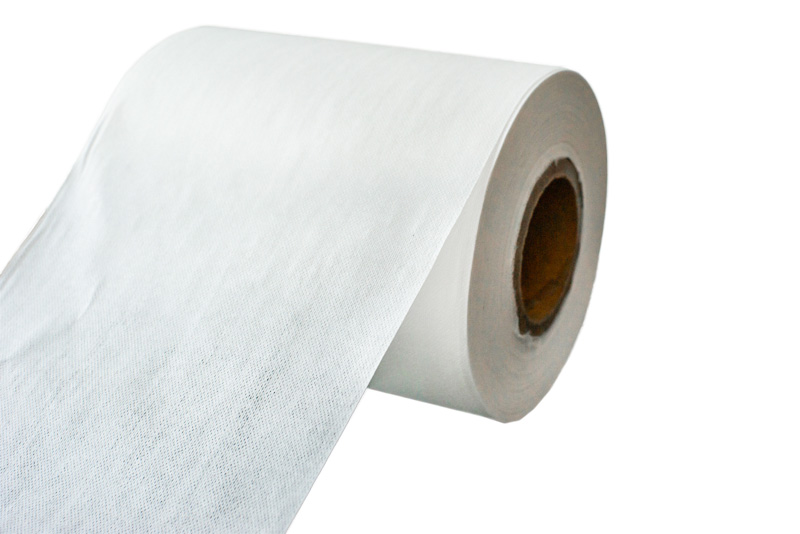Non-woven fabrics can be divided into:
1. Flushable nonwoven wipes: It divides the high-pressure micro-water jet into one or more layers of fiber webs, so that the fibers are intertwined, so that the fiber network is strengthened and has a certain strength.
2. Heat-sensitive non-woven fabric: refers to the fiber web in which fibrous or powdery hot-melt adhesive reinforcement is added to the fiber network, and then heated and melted to cool the reinforcement cloth.

3. Pulp air mesh non-woven fabric: also known as dust-free paper, dry paper non-woven fabric. It uses the air network technology to open the wood pulp fiberboard into a single fiber state, and then uses the air flow method to bond the fibers in the mesh curtain, and the fiber mesh is reinforced into a cloth.
4. Wet non-woven fabrics: the fiber raw materials placed in the water medium are split into single fibers, and different fiber raw materials are mixed at the same time to make fiber suspension pulp. The suspension pulp is transported to the network mechanism, and the fibers are in a wet state. It becomes mesh and then reinforced into cloth.
5. Spunbond nonwovens: are extruded in polymers, stretched and formed into continuous filaments, the filaments are laid into a mesh, and then self-bonded, thermally bonded, chemically bonded or mechanically reinforced by the fiber web method to make the fiber network into a non-woven fabric.
6. Meltblown Nonwoven: Process: Polymer Feeding - Melt Extrusion - Fiber Forming - Fiber Cooling - Meshing - Consolidation into Cloth.
7. Acupuncture non-woven fabric: It is a dry non-woven fabric. Acupuncture non-woven fabric uses the perforation effect of acupuncture to reinforce the fluffy fiber web into cloth.
8. Sewing non-woven fabrics: Dry-laid non-woven fabrics are used. The stitching method is the fabrication of nonwovens by using warp knitted loop structures to reinforce fiber webs, yarn layers, nonwoven materials (eg, plastic sheets, plastic foils, etc.), or combinations thereof.
 Free consultation
Free consultation
 Call Us for Enquiry
Call Us for Enquiry



 English
English Español
Español 日本語
日本語 русский
русский Français
Français


